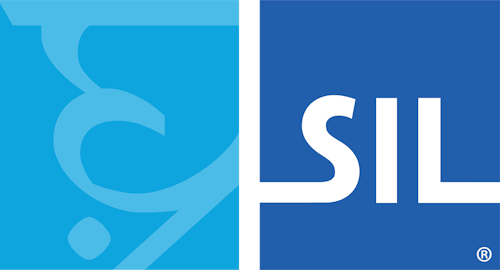Shaw 2-Layer Keyboard Help
The Shavian alphabet is an alternative, phonemic way to write English. The alphabet takes its name from Irish writer Bernard Shaw who inspired and posthumously funded it. Shaw believed there should be a simpler way to write English. His wish was fulfilled in 1962 following a worldwide competition. The winner of that competition, Kingsley Read, developed an alphabet designed especially for English, with a unique letter for each of the 40 or so basic sounds we all use today.

For further information about the Shavian alphabet visit Shavian.info.
Desktop and onscreen layouts
The desktop and onscreen layouts are identical, and are designed with a similar ethos as Dvorak. Shaw 2-Layer is a keyboard made from scratch for those who want comfort when touch-typing, as well as ease of remembering which keys go where.

Other letters may be found by holding down Shift. You can see that most of the letters in the Shift layer are related to the letters on the same key.

Most symbols are not moved from their positions in US QWERTY. However, the semicolon and colon have been moved to the comma and period keys for simplicity. It can be accessed by holding AltGr, or on the key to the right of Left Shift in some European keyboards.
Extended Shavian letters, supported in select fonts such as Inter Alia, are also accessible through AltGr (or the Right Alt key, depending on your keyboard).

Phone and tablet layouts (provisional)
For now, the phone and tablet layout is completely different from the desktop layout; it is based on the Shavian letter table, in order to let the user access all the letters in one screen. The tradeoff is that the keys will be short on small screens; there are 6 rows and 10 columns.

Pressing the [123] key will bring up the numbers and a range of symbols.

Phone and tablet layouts (planned)
Keyman 16.0 is planned to support flick gestures on keys, with Keyman 17.0 implementing additional keycap legends. Once those features are implemented, the following layout will replace the provisional touch layout. It has been successfully implemented in Multiling O Keyboard.

This layout replaces the Shift layer with a swipe-up gesture, inverting the Shift states on the 𐑑, 𐑕, 𐑒, 𐑐, 𐑖, and 𐑗 keys for consistency. (It just felt better to always swipe up for tall letters.) It also moves the 𐑖 key down a row, in order to fit the keyboard into 9 columns.
Numbers, symbols, and punctuation can be accessed by swiping down. Guillemets can be accessed by swiping horizontally. The layout also has left and right cursor keys, as well as an extra symbol layer accessible by long-pressing the period key.




